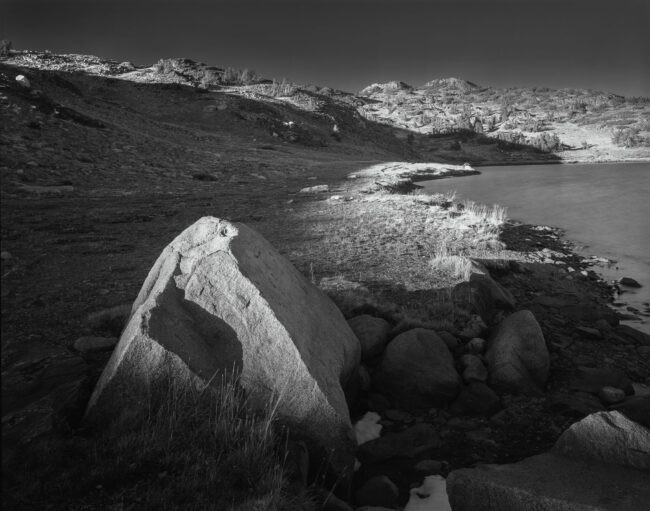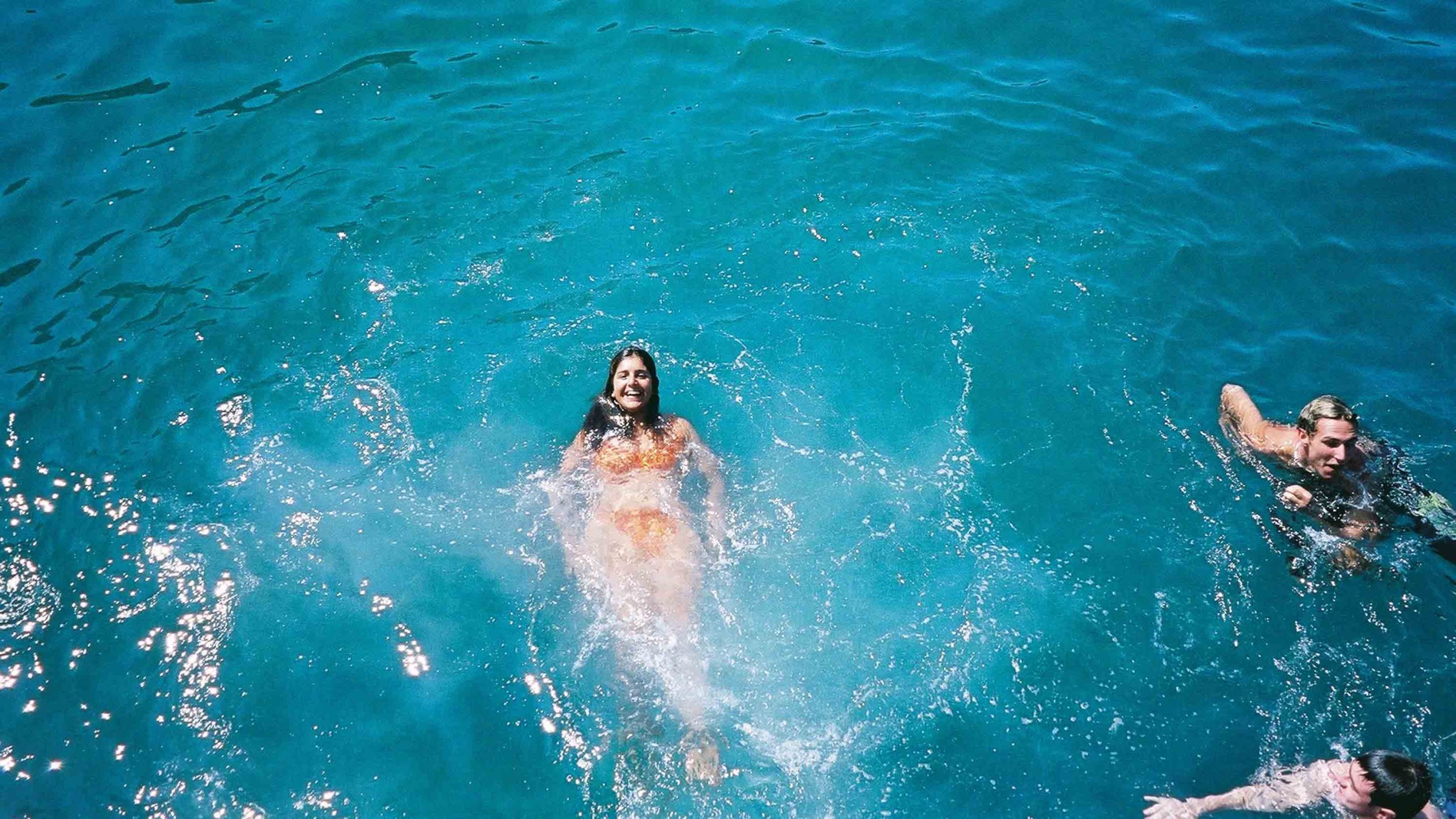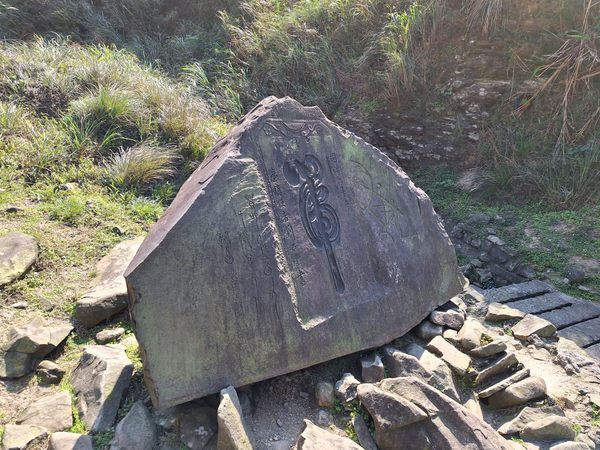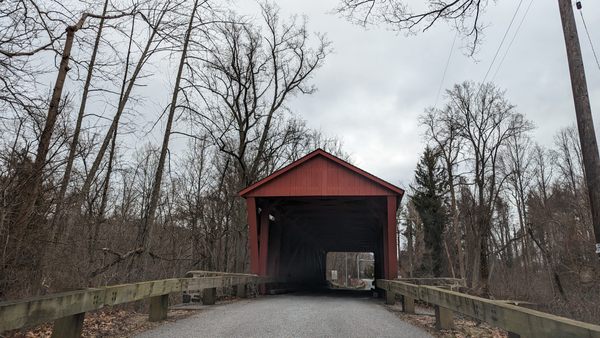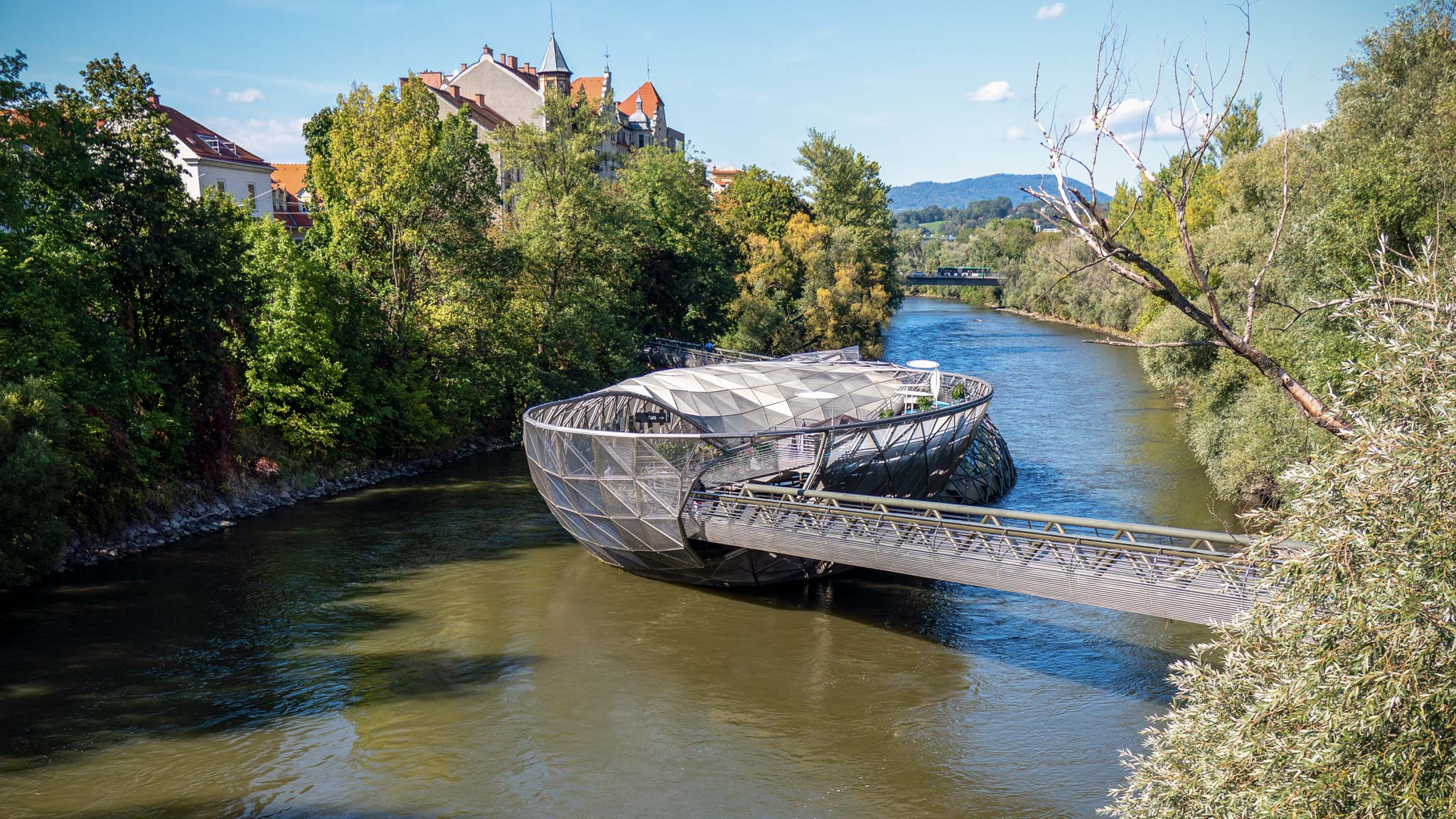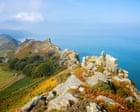Drenkelingenhuisje (“Drowning House”) in Oosterend, Netherlands
Treacherous sand-banks wrecked many ships around the Wadden islands. When fog, house-high waves, and pouring storm clouds limited navigation by lighthouses, the rough North Sea often demanded a deadly toll. In 1863, a castaway house was erected to save the lives of sailors washed ashore. It was equipped with blankets, provisions, and an emergency signal. Shipwrecked sailors who managed to reach the shelter through the swirling surf could hoist the tow, a kind of open signal ball, as a call for help after the storm had passed. Many lives were saved. As the years went by, the shelter itself had to be saved. It was restored after being seriously damaged during the 1953 flood disaster. Then it got completely blown off the beach in February 1962. It was rebuilt in 2000. The wooden pole-house was initially located at the easternmost point of Terschelling, but the sand island has moved about 5 kilometers eastbound. In fact, all of the dozen Dutch Wadden Sea archipelagos are slowly moving. The sea deposits sand at the East side of the islands, expanding the sand banks to sand plates and eventually creating sand dunes. At the other side of the island, storms sweep away sand, causing the west of the island to slowly disappear in the sea. Over the course of the last few centuries, many houses—and even entire villages—have disappeared into the sea.
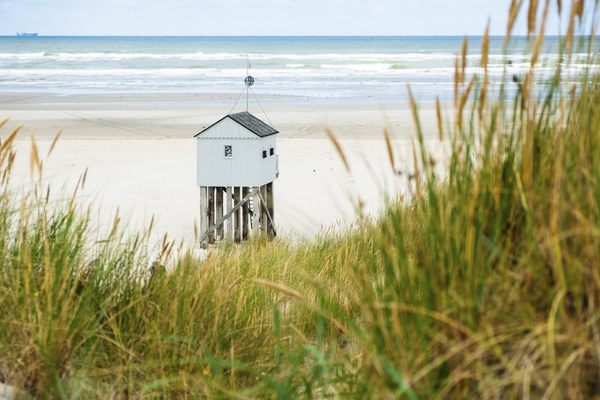

Treacherous sand-banks wrecked many ships around the Wadden islands. When fog, house-high waves, and pouring storm clouds limited navigation by lighthouses, the rough North Sea often demanded a deadly toll.
In 1863, a castaway house was erected to save the lives of sailors washed ashore. It was equipped with blankets, provisions, and an emergency signal. Shipwrecked sailors who managed to reach the shelter through the swirling surf could hoist the tow, a kind of open signal ball, as a call for help after the storm had passed. Many lives were saved.
As the years went by, the shelter itself had to be saved. It was restored after being seriously damaged during the 1953 flood disaster. Then it got completely blown off the beach in February 1962. It was rebuilt in 2000.
The wooden pole-house was initially located at the easternmost point of Terschelling, but the sand island has moved about 5 kilometers eastbound. In fact, all of the dozen Dutch Wadden Sea archipelagos are slowly moving. The sea deposits sand at the East side of the islands, expanding the sand banks to sand plates and eventually creating sand dunes. At the other side of the island, storms sweep away sand, causing the west of the island to slowly disappear in the sea. Over the course of the last few centuries, many houses—and even entire villages—have disappeared into the sea.















































